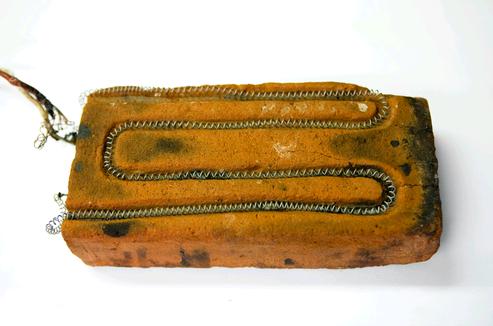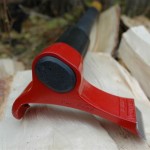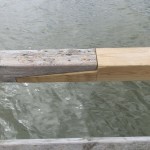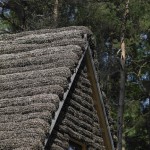Kevin Kelly notes an emerging category of street technology which might be called Jailhouse Tech:
“The material constraint of a prison inspire fantastic innovation and re-use of made parts. A lot of the devices made in this manner are crude weapons, but others include eating implements, tattoo instruments, music, and other tools.”
Above you see an electric cooking stove made with wire and brick. Kelly previously linked to Escape Devices, the work of photographer Marc Steinmetz. Also of note is Prisoner Inventions, a 2003 book which includes many drawings,some of them online (review 1 & 2).






